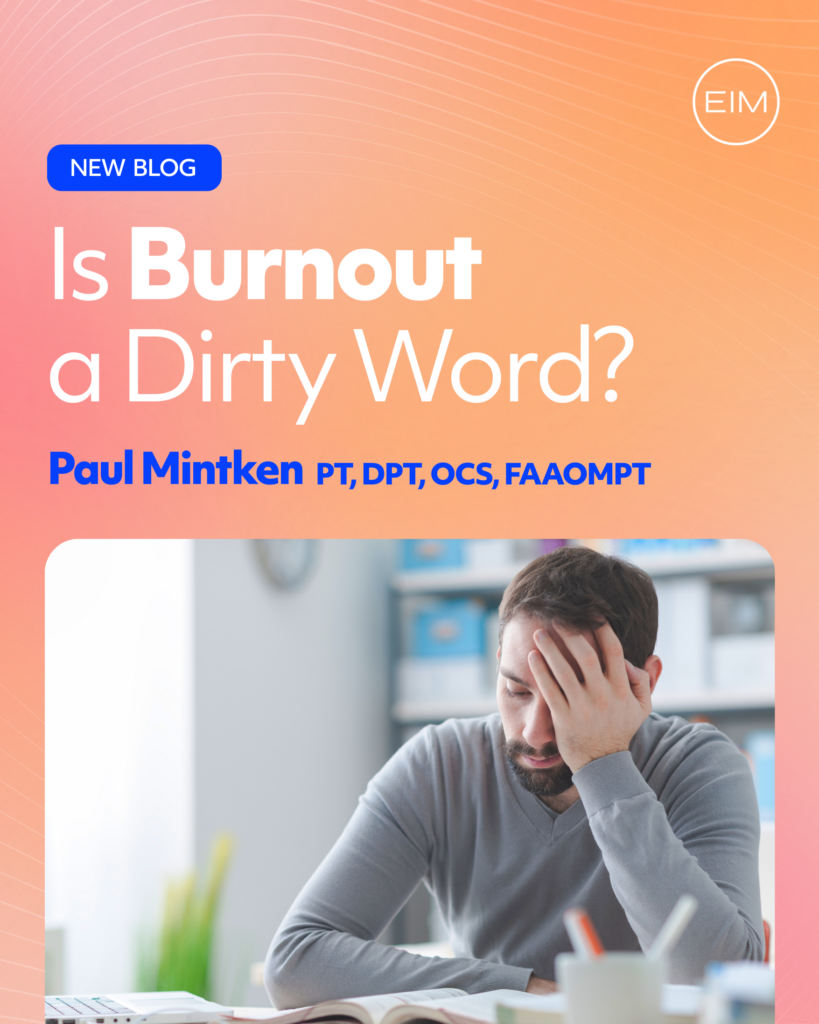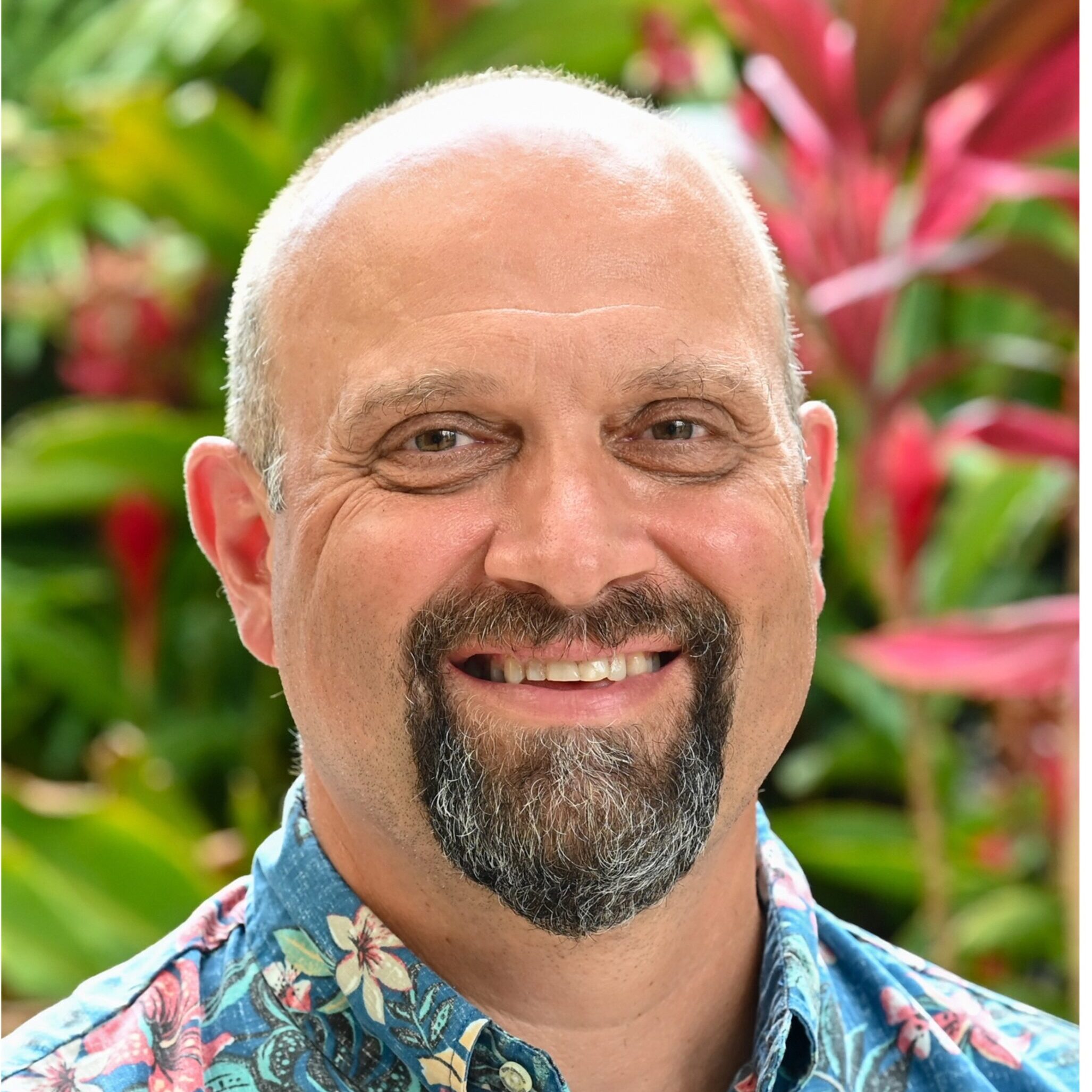
The word burnout is everywhere in healthcare. It is whispered in staff rooms, written into organizational surveys, and appearing regularly in professional publications. But for physical therapists (PTs), the word feels charged and complicated. It certainly captures the exhaustion, disconnection, and loss of purpose that can creep into a healing profession. But it also carries a sense of finality, as though the professional “flame” has been extinguished, something none of us want to admit. A burned-out building is usually demolished. But an emotionally exhausted therapist can recover, adapt, and thrive again if the right conditions are in place. Perhaps the real problem isn’t just the condition itself, but how narrowly we’ve framed it and how we’ve tried to fix it.
Why Burnout Matters in Physical Therapy
Burnout isn’t simply a bad day at work. For PTs, it erodes personal well-being and the quality of patient care. A systematic review including 46 studies and over 8,700 participants found that PTs experiencing burnout reported higher emotional exhaustion, depersonalization, and diminished professional accomplishment, all of which threaten both job retention and the outcomes of our patients (Burri et al., 2022). Of the 53 risk factors identified, just four were considered unavoidable. The remaining 49 were tied to circumstances that can be changed, with most falling into structural or organizational issues (32%), followed by psychological or emotional factors (19%), environmental pressures (19%), and sociodemographic influences (13%). This breakdown underscores that much of the burden of burnout is not inevitable; it stems from modifiable conditions within workplaces and professional culture.
The drivers are easy to recognize. Many therapists struggle under heavy caseloads, constant pressure to meet productivity targets, and endless paperwork. Yet, when they have a say in their schedules, supportive leadership, and some flexibility in how the day is structured, the job becomes far more sustainable (Patel & Bartholomew, 2021). The consequences reach beyond the clinic. Therapists experiencing burnout often struggle with poor sleep, develop secondary musculoskeletal problems, and in many cases consider leaving the profession (Burri et al., 2022; Jette, 2023). Patients, too, are affected — they can sense when a provider is running on empty, and may withdraw or disengage when they feel that lack of connection.
Where Burnout Comes From
Burri and colleagues (2022) suggest that burnout is rarely the result of one issue alone. Instead, it emerges from the overlap of personal circumstances, workplace expectations, and the broader culture of physical therapy.
- High workloads. Heavy volumes, constant productivity pressures, and endless documentation create a chronic squeeze.
- Emotional labor. PTs don’t just “optimize movement”; they must also navigate their patients’ frustration, fear, and grief which takes its toll.
- Work–life imbalance. Long days, weekend coverage, and the sense of being “always on” chip away at recovery.
- Professional culture. Many therapists are trained to march on and not complain. Admitting fatigue can feel like weakness, something our culture discourages.
These realities highlight why solutions must go beyond surface-level fixes.
Individual vs. Systemic Solutions
Individual-Level Approaches
Having personally experienced burnout, I have come to realize that becoming fully immersed in the needs of another at the expense of my own health is not compassionate nor sustainable. I used to think self-care just meant pampering myself by buying things, splurging, or indulging in little luxuries. Now I’ve realized it’s much simpler than that. Self-care is really anything that lightens the load of everyday life and helps you feel a little more at ease. For many therapists, the first advice they hear is to take better care of themselves: get regular exercise, protect their sleep, try mindfulness, or sign up for a stress management course. These practices can help, at least in the short run, by easing tension and restoring some balance (Cohen et al., 2023; Salvado et al., 2021). But an individual can only do so much…
In a study we completed a few years ago, we found that having a trusted mentor or supportive colleagues can make a real difference (Pugliese et al., 2023). PTs with strong professional connections and regular mentorship reported greater confidence and lower rates of burnout. One way the profession already builds this support is through residency and fellowship training. These programs don’t just advance clinical skills — they also create structured mentorship and community, which can serve as powerful buffers against the isolation and stress that often drive burnout.
Systemic Approaches
As highlighted in the National Academies of Sciences, Engineering, and Medicine report Taking Action Against Clinician Burnout: A Systems Approach to Professional Well-Being (2019), the most lasting solutions come from changing the systems and structures that shape daily practice. For PTs, this can take several forms. Workload and scheduling adjustments, such as more realistic productivity expectations and better staffing, ease much of the day-to-day strain (Patel & Bartholomew, 2021). Cutting down on paperwork and making electronic records more efficient gives clinicians more time to focus on their patients (Burri et al., 2022). Leadership also matters; when therapists feel recognized, trusted with autonomy, and supported in asking for help, they are more likely to stay engaged (Jette, 2023). In her 2012 book Daring Greatly, Brené Brown recounted how an eighth grader explained the difference between belonging and fitting in. “If I get to be me, I belong. If I have to be like you, I fit in.” The more supported and connected PTs feel within their workplace, the less likely they are to burn out. Finally, embedding mentorship into the culture of an organization instead of leaving it to chance can both reduce burnout and prepare the next generation of leaders (Pugliese et al., 2023). These reforms take time and commitment, but they tackle the root causes. Instead of just offering coping tools, they reshape the environment in ways that allow therapists to truly thrive.
Integration, Not Either/Or
Evidence suggests that while personal strategies help, systemic change is what prevents burnout from recurring (National Academies of Sciences, Engineering, and Medicine, 2019). A therapist who practices mindfulness may cope better day-to-day, but real improvement comes when workloads are sustainable and leaders prioritize belonging and well-being. The biggest reductions in burnout occur when both levels work together: Individual coping strategies can ease the strain in the moment, but they only last when supported by systems that make the workload sustainable.
Is Burnout a Dirty Word?
Maybe the discomfort with the term burnout comes from its imagery: something destroyed, beyond repair. But PTs are not broken, they are strained. And strain can be eased. Energy can be renewed. Engagement can be rebuilt. More hopeful terms like professional depletion, compassion fatigue, or disengagement may better capture the reality: PTs can recover, especially when supported by both personal practices and systemic reform.
If the word burnout is “dirty,” it’s because it risks oversimplification. It places responsibility on the individual while ignoring the environment. Changing the language, and the system, may be the first step in restoring both PT well-being and patient care.
Closing Thoughts
Burnout doesn’t have to be a dirty word. It doesn’t mean someone is broken beyond repair. It’s a signal, a reminder that the demands we face are real and that the systems around us must evolve. On a personal level, self-care, mentorship, and supportive relationships give us tools to carry the weight of the work. But the real change comes when organizations step up — when workloads are reasonable, leaders foster belonging, and the culture encourages PTs to care for themselves as much as they care for their patients.
The best outcomes happen when both sides come together. Personal strategies help us manage the day-to-day, while systemic reforms make sure those strategies are sustainable. Burnout, reframed, can be the push that moves us toward healthier workplaces and a stronger profession. We know how to restore resilience in our patients; now it’s time we do the same for ourselves and for each other.
As physical therapists, we dedicate our professional lives to helping people rebuild strength, restore movement, and reclaim their lives. It’s a calling we’re proud of, but it can also take a toll. Addressing burnout in our field is not optional, it is essential. The health of our workforce directly shapes the care our patients receive.
References
- Brown B. Daring Greatly: How the Courage to Be Vulnerable Transforms the Way We Live, Love, Parent, and Lead. New York, NY: Gotham Books; 2012.
- Burri SD, Smyrk KM, Melegy MS, et al. Risk factors associated with physical therapist burnout: a systematic review. Physiotherapy. 2022;116:9-24.
- Cohen C, Pignata S, Bezak E, et al. Workplace interventions to improve well-being and reduce burnout for nurses, physicians and allied healthcare professionals: a systematic review. BMJ Open. 2023;13(6):e071203.
- Jette AM. Addressing burnout in the physical therapy workforce. Phys Ther. 2023;103(11):pzad118.
- National Academies of Sciences, Engineering, and Medicine. Taking Action Against Clinician Burnout: A Systems Approach to Professional Well-Being. Washington, DC: The National Academies Press; 2019. doi:10.17226/25521
- Patel RM, Bartholomew J. Impact of job resources and job demands on burnout among physical therapy providers. Int J Environ Res Public Health. 2021;18(23):12521.
- Pugliese M, Brismee JM, Allen B, et al. Mentorship and self-efficacy are associated with lower burnout in physical therapists in the United States: a cross-sectional survey study. J Educ Eval Health Prof.2023;20:27.
- Salvado M, Marques DL, Pires IM, et al. Mindfulness-based interventions to reduce burnout in primary healthcare professionals: a systematic review and meta-analysis. Healthcare (Basel). 2021;9(10):1356.
